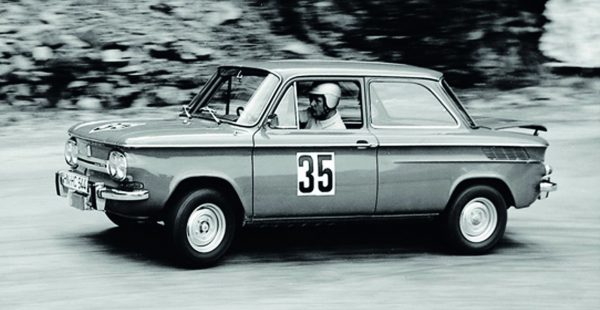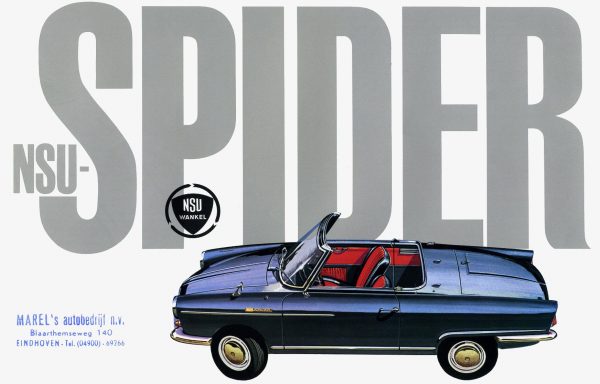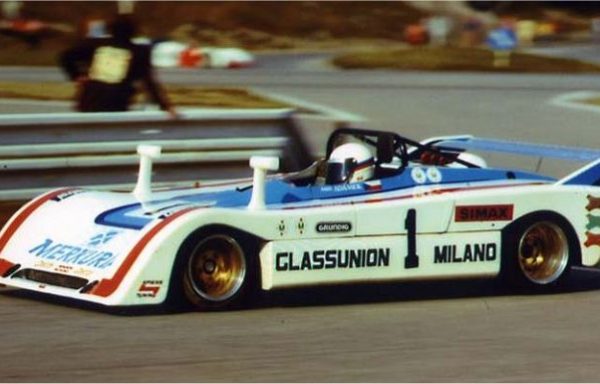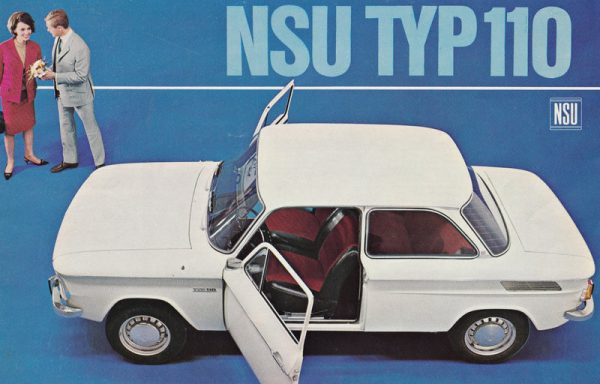NSU TTS
The Pinnacle of Compact Performance
The NSU TTS, launched in 1967, was a high-performance variant of the popular NSU TT, designed to elevate the driving experience to new heights. Combining sporty design with powerful engineering, the TTS quickly captured the attention of enthusiasts and became a symbol of NSU’s commitment to performance and innovation in the compact car segment.
The NSU TTS was a performance-oriented variant of the Prinz series, introduced in 1968. It was designed to deliver an engaging driving experience, combining compact size with enhanced power and sporty styling. The TTS became well-known for its agility and responsiveness, appealing to car enthusiasts looking for a small yet spirited vehicle.
Historical Background
The NSU TTS was developed as a successor to the NSU Prinz TT and aimed to build on the success of its predecessor. Launched at the 1968 Geneva Motor Show, the TTS was positioned as a sportier model within the NSU lineup, targeting drivers who desired a balance of performance and practicality. The TTS featured several upgrades over the Prinz TT, including a more powerful engine and improved handling characteristics.
Despite the global oil crisis and changing automotive market trends in the 1970s, the NSU TTS maintained a strong following among enthusiasts. Its successful motorsport pedigree, particularly in the European rally scene, contributed to its reputation and desirability.
Technical Specifications
The NSU TTS was equipped with a more powerful engine and several performance enhancements compared to the standard Prinz models. Here are the key specifications:
- Displacement: 1,177 cc
- Compression Ratio: Approximately 9.0:1
- HP Output: 70 hp at 6,000 rpm
- Torque Output: Approximately 10.2 kg/m at 4,500 rpm
- Transmission: 4-speed manual
- Length: 3,380 mm
- Width: 1,530 mm
- Height: 1,360 mm
- Weight: Approximately 730 kg
- Wheelbase: 2,200 mm
- 0-100 km/h: Approximately 10 seconds
- Top Speed: Around 160 km/h
Design and Mechanical Features
The NSU TTS combined sporty design elements with practical features, making it an appealing choice for performance enthusiasts.
- Sporty Exterior Design:
- The TTS featured a distinctive two-door coupe design, characterized by a longer nose and a more aggressive stance compared to the standard Prinz models. The body was enhanced with a front spoiler and sportier rear end, emphasizing its performance orientation.
- Bold color options and racing stripes were available, further highlighting its sporty appeal.
- Air-Cooled Inline-Four Engine:
- The TTS was powered by a 1,177 cc air-cooled inline-four engine, which delivered a notable increase in power over the previous Prinz models. This engine provided the TTS with spirited acceleration and an enjoyable driving experience.
- The engine’s design featured a dual-carburetor setup, optimizing fuel delivery and performance.
- Suspension and Handling:
- The front suspension used an independent coil spring setup, which improved ride quality and handling. The rear suspension utilized a swing axle design, ensuring stability during cornering.
- The TTS was engineered to provide responsive handling, making it suitable for both daily driving and spirited performance.
- Sporty Interior:
- The interior of the TTS was designed with a driver-focused layout, featuring supportive bucket seats and a sport-oriented dashboard. Instrumentation included a tachometer and sporty gauges that catered to performance enthusiasts.
- While compact, the interior offered a comfortable environment for both the driver and passenger, with sufficient space for short trips.
- Braking System:
- The TTS was equipped with disc brakes on the front wheels and drum brakes at the rear, providing adequate stopping power for its performance capabilities. The braking system was designed to enhance confidence during spirited driving.
Driving Experience and Performance
The NSU TTS offered a dynamic driving experience, appealing to those seeking a compact sports car. With its lightweight construction and powerful engine, the TTS delivered quick acceleration and responsive handling, making it enjoyable on twisty roads and tracks.
Drivers appreciated the TTS’s engaging character, with the air-cooled engine providing a unique sound and feel. The combination of sporty styling, agile handling, and practical features made it suitable for both everyday use and weekend adventures.
Legacy and Impact
The NSU TTS is celebrated as one of NSU’s most iconic models, representing the brand’s commitment to producing spirited small cars. Its performance capabilities and sporty design helped establish NSU as a contender in the small performance car segment during the late 1960s.
The TTS gained recognition in motorsports, particularly in rallying, where its agile handling and robust engine made it a competitive choice. The model’s success on the rally stage further solidified its status among enthusiasts.
Today, the NSU TTS is cherished by collectors and automotive enthusiasts for its distinctive design, spirited performance, and place in automotive history. It remains a symbol of NSU’s innovative spirit and dedication to producing fun, compact cars that resonated with a generation of drivers. The TTS stands as a testament to NSU’s legacy in the small sports car market, reflecting the excitement of driving during the era.




